To get the best performance, it is necessary to keep drivers updated. However, some users started experiencing boot issues after installing the latest update for their graphics card driver. If your PC won’t boot after installing graphics drivers, you can use the suggestions provided in this article.

Windows PC won’t boot after installing graphics drivers
Apply the following fixes if your Windows 11/10 PC won’t boot after installing the graphics drivers.
- Disconnect all unnecessary devices
- Perform clean installation of the GPU driver
- Reset BIOS
- Run a Startup Repair
- Restore your system
All these fixes are explained in detail below.
1] Disconnect all unnecessary devices
First, try turning on your computer by disconnecting all unnecessary devices. If this works, open the Device Manager after logging into your system and check the status of your graphics card driver.
If the driver shows a warning sign, it is not updated correctly.
Read the error message in the Device Manager for your GPU driver and troubleshoot it accordingly.
Read: Windows PC keeps restarting after installing new GPU
2] Perform clean installation of the GPU driver
Perform clean Installation of the GPU driver. To do this, you need to boot in Safe Mode. Because your computer is not booting after installing the graphics driver, you need to use Windows Recovery Environment to enter Safe Mode.
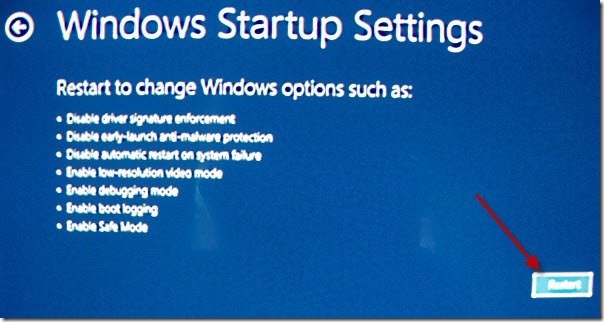
To enter the Windows Recovery Environment, turn on your computer. When the Windows logo or your computer manufacturer’s logo appears on your screen, immediately press and hold the power button to force shut down your computer. Repeat these steps until your system enters the Preparing Automatic Repair screen. Now, select Advanced options > Troubleshoot > Advanced options > Startup settings > Restart. After restarting, press the F5 key to enter Safe Mode.
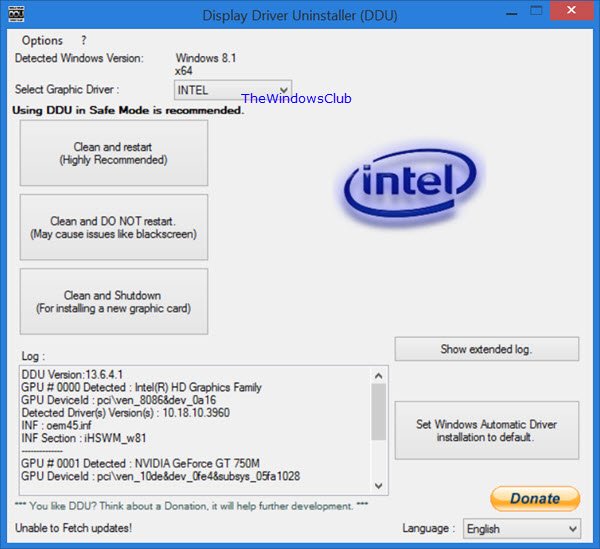
You can also use the Windows installation media to enter the Windows Recovery Environment. However, you must use another working computer to create a Windows Installation Media on a USB Flash Drive.
When you are in Safe Mode with Networking, download and install the DDU utility. Your WIFi connection may not work in Safe Mode. If so, connect your computer through the Ethernet cable. If an ethernet cable is not available, you can download the DDU on another working computer and then copy it on a USB flash drive. Now, connect the USB flash drive and use it to install DDU. After installing the Display Driver Uninstaller, launch it and completely remove your GPU driver.
3] Reset BIOS
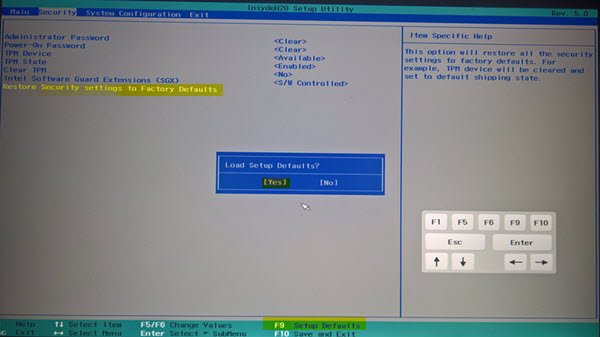
Reset the BIOS to the default settings. Computers of different brands have different keys to enter BIOS. Use the dedicated key to enter BIOS and reset it. If this does not work, clear CMOS. To do this, open your computer case and locate the CMOS battery. Please remove the battery from its socket and wait for a few minutes. Now, insert the battery with the correct polarity and turn on your computer.
If this works, you should check if the latest BIOS update is available on your computer manufacturer’s official website. If yes, download and install it. You can check the current version of BIOS on your system via the System Information tool. Visit the official website and search for the BIOS firmware.
4] Run a Startup Repair
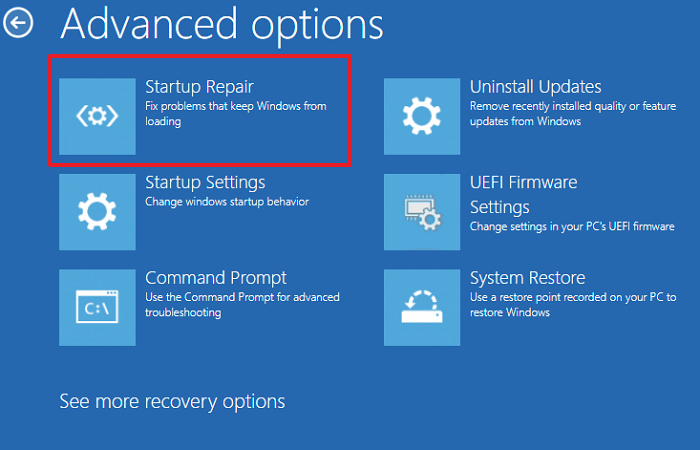
Use the Startup Repair tool to run necessary repairs on your system. You can launch this tool through the Windows Recovery Environment. If you cannot boot into the Windows Recovery Environment, use Windows Installation Media for the same. Once you are in WinRE, select Troubleshoot > Advanced options > Startup Repair.
5] Restore your system
System Restore restores your system to its previous working state and uninstalls the latest installed programs and driver updates. Therefore, if the issue persists, you can use the System Restore tool to install the previous version of your graphics driver.
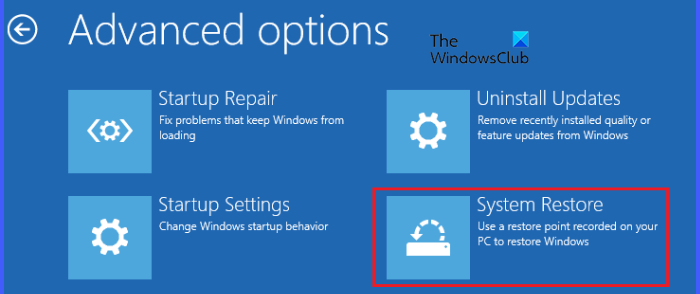
To restore your system to its previous working state, you must enter the Windows Recovery Environment (WinRE). When you are in WinRE, click Troubleshoot > Advanced options > System Restore. Now, select the restore point that was created before the problem occurred.
I hope this helps.
Is Black screen of death fixable?
The black screen of death is fixable in most cases. You may experience a black screen of death error on your Windows computer in different scenarios, like a black screen on boot, after waking the computer from sleep mode, when installing programs, etc. The solutions to fix this error are different depending on the cause of the error.
Can GPU cause boot issues?
Yes, a faulty GPU can cause boot issues. When a GPU is going to die, you will experience some symptoms, like visual glitches, screen tearing, strange colors on your screen, etc. Sometimes, the computer does not boot or a Blue Screen error occurs due to a faulty GPU. When you encounter these symptoms, get professional help and replace the GPU (if required).
Read next: Installation Failed error in Intel Graphics Driver.